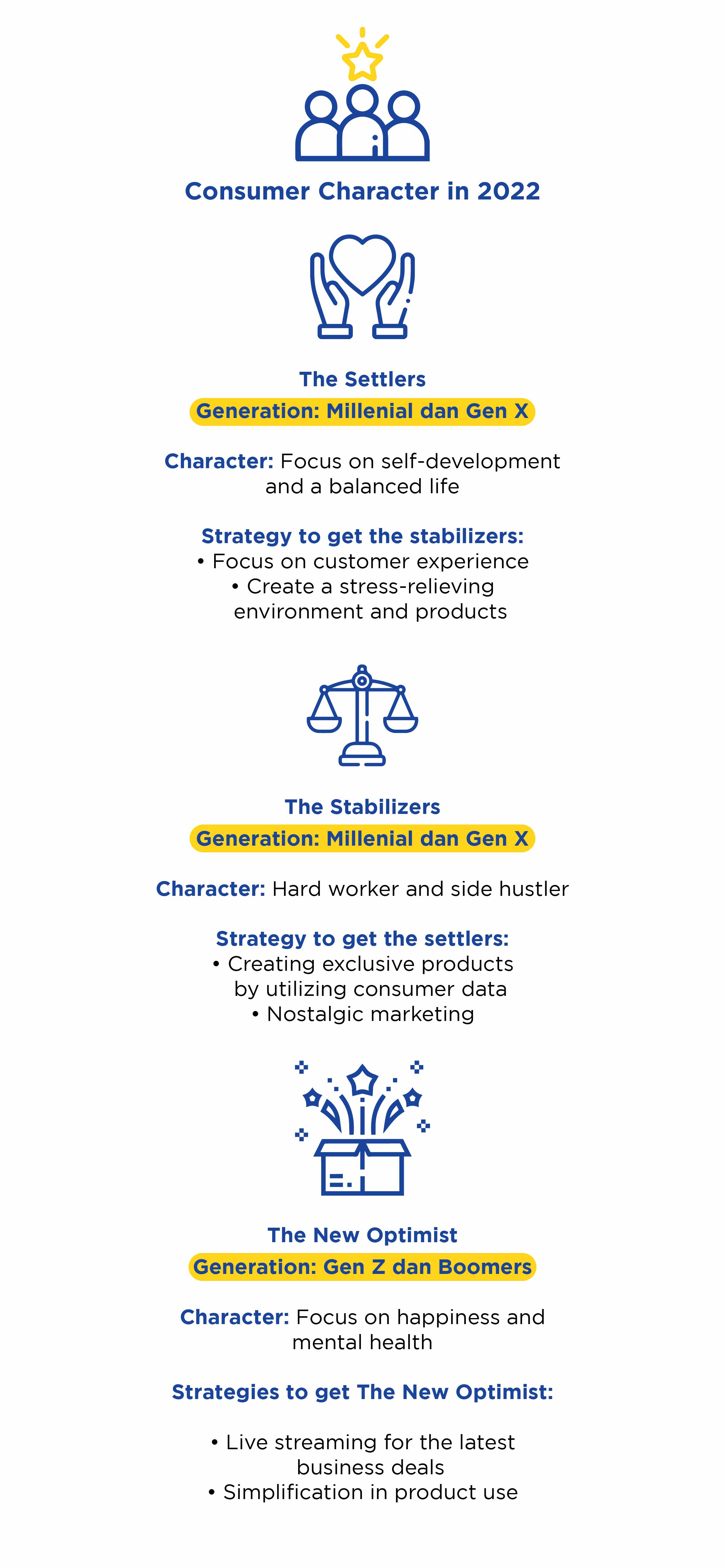Opportunity arises from a crisis. This was especially true for the FMCG industry in 2020, as the world grappled with the aftermath of the Covid-19 pandemic. The sector is learning, innovating, and rising above disruptions to leave the worst behind and look forward to the new year with optimism and renewed confidence.
Like most sectors, Fast Moving Consumer Goods (FMCG) has also faced a sudden change and adversely affected. FMCG is undergoing structural change as stay-at-home consumption, health, wellbeing, and sustainability center the strategic agenda. COVID-19 has muddied the waters even more.
On the other hand, the fast-moving consumer goods (FMCG) industry is one of the few able to grow despite the crisis. In March 2020, interest in these goods increased by 53% compared to March 2019. (cross-country, calculated with TD Reply Quentin).
It also grew stronger in the countries hardest hit by the crisis, owing to a more extended lockdown period. Italy has gained the most interest in the industry, with a 62 percent increase (UK: +47 percent, France: +45 percent, Spain: +32 percent, Germany: +20 percent, USA: +12 percent).
Let's look at the forecasting of the FMCG industry 2022 through this article and see how it can help your business meet the future consumer.
Why is Trend Analysis Important to Your Business?
As a business owner, you should be aware that identifying business trends is one of the most important things to ensure that your company remains relevant. Because trends appear to change on a whim, especially within certain industries, keeping up with them can appear to be a difficult task. Nonetheless, it must be done.
Trend analysis can help you improve your business by identifying your organization's areas that are performing well and underperforming areas. As a result, it provides valuable evidence to help inform better decisions about your long-term strategy and ways to futureproof your business.
Like any other type of prediction (also known as a calculated guess), trend analysis is based on the basic principle of "what you put in is what you get out."
The accuracy and completeness of the data, the frequency of data collection, and having the data in an easily accessible and usable format are all important considerations here.
It is also important to have something to compare against. Benchmarking should be used to develop the ideal gold standard for use as a reference point. Benchmarks can be acquired by looking internally as well as externally.
If similar-sized organizations in your industry are performing well, they could serve as a model for you. Similarly, if certain departments within your organization are performing well, they can become benchmarks as well. Even a specific period (such as a fiscal year) can be used as a baseline for tracking purposes.
The 2022 Consumer Character

We know that once this crisis is over, we will be in a different world, which means that the products and experiences we are now designing will also have to be different. We won't be in lockdown indefinitely, but the way we work, live, and play will never be the same.
In that scenario, understanding what people will still want to buy and how to create the right products in light of that is more important than ever. We are reimagining what consumers will want, what brands can and should develop, and how we'll live in the post-Covid-19 era. What is the common thread? We are all, regardless of industry, designing for a new character of consumer.
A study conducted by WGSN identified the 3 main characteristics of 2022 consumers based on an analysis of consumer behavior, community, and sentiment.
1. The Stabilizers
In response to desynchronization and feelings of chronic uncertainty, The Stabilizers – primarily Millennials and Generation X – are beginning to opt-out of the productivity cult and opt into a mindset of radical acceptance.
With optimization as a growing reaction to burnout, asking how we can optimize our careers, personal lives, bodies, and time has become the norm worldwide. The self-improvement market is booming, whether it's life coaches, self-help audiobooks, or optimization apps.
Strategy for Stabilizers:
- The Stabilizers are already overwhelmed; create an in-store environment that simplifies the shopping experience, and sales will follow.
- Create calming in-store environments and products to alleviate stress and soothe anxiety for 2022.
2. The Settlers
Desperate to reshape the global 'hustle hard' work cycle, The Settlers – typically Millennial and Gen X – are seeking to establish roots in their community without sacrificing their careers, ushering in a new era of localism.
Workism, or the religion of work, reached critical mass in 2019. Meetings attended, hours worked, sleep lost, and cups of coffee consumed – these became sources of pride. However, we all know that working long hours does not equal increased productivity.
Strategy for Settlers:
- Increase foot traffic to local shops and sustain consumer demand for exclusive products by utilizing your archives and opening dedicated stores and websites stocked with past collections.
3. The New Optimist
The dichotomous New Optimists range from Gen Z to Boomers. Still, despite their diverse demographic, they share many characteristics, the most important of which is a fervent desire to embrace joy.
This generation, both young and old, wants fair representation for all. Younger generations have witnessed the negative impact of visual stereotypes firsthand, and they demand visual equality for all.
In a youth-obsessed culture, brands should modernize their portrayals of aging to shift the conversation and celebrate people of all ages.
Strategy for New Optimist:
- This demographic, which is already oversaturated with online advertising, is willing to turn to live streaming for deals and limited-edition products. To increase sales, retailers should invest in branded live streaming shopping events.
- Streamline the user experience for in-app ordering – the fewer steps, the higher the likelihood of sales. Brands that concentrate on hyper-local, last-mile deliveries (think festivals, outdoor venues, and sporting arenas) are likely to gain market share.
The Changes of Consumer Trends 2022
It's been a fantastic year of change for both consumers and businesses. Consumers prioritized their safety while dealing with illness, job loss, and a lack of available products and services. Knowing what's coming can help enterprises to see around corners and plan effectively for the post-pandemic consumer.
Continue reading to learn about these upcoming consumer trends in 2022 to find out the proper steps for the subsequent development of your business.
- Trend 1: Consumers perceive the world to be entirely digital.
Since the outbreak of the COVID-19 pandemic, consumers have rapidly increased their technology adoption and usage. Around 80% of consumers will see the world as all digital, with no divide. In April 2020, 49 percent of UK online adults and 63 percent of US online adults reported engaging in a new online activity, such as attending a religious service or exercising online.
As a result, consumers have higher expectations for the quality of digital experiences. Consumers expect companies to double down on building a successful and sustainable digital customer experience, even if they are generally willing to forgive companies dealing with pandemic-related disruptions. TADA can help businesses expand into the digital with various programs and features that suit your needs. - Trend 2: Follow Nature's Pace
A greater sense of wellbeing, at a pace that is in sync with nature. People prefer to be proactive about their health rather than reactive. 61% of US consumers state that the pandemic has caused them concern for their mental health.
Same research said that people are being much more proactive about their health – thinking more long term and the current busy lifestyles & influenced by the pandemic forcing consumers to slow down and pay attention to their mental health and synchronize with nature. - Trend 3: The customer-centricity movement is here to stay, thanks to the pandemic.
According to the Wall Street Journal, "businesses must create their outdoor oasis." The same article also stated that "adaptation may become more complicated and costly depending on the weather, but open-air structures and heating and illumination systems will pay off due to increased demand for safe venues and the aesthetic that may continue to attract consumers."
Contactless payments, curbside pickup, and virtual medicine are also here to stay. It's a shame that it took a pandemic to spur innovation in these fields. Finally, business travel is returning, but not in the way you might expect. According to McKinsey, business travel may never recover to more than 80% of pre-pandemic levels. - Trend 4: Good for The Earth and Me
Consumers are becoming increasingly aware of the environmental impact of their actions and those of the larger community. It is a two-way street. Globally, 55 percent of consumers are more concerned about the environment due to COVID-19, with 35 percent paying more attention to sustainability claims.
Consumers are choosing local produce in more significant numbers than ever before! As a result of the pandemic and being confined to their homes, consumers and restaurateurs have adopted a more local mindset, forcing them to live on what is available on their doorstep. TADA Food Redemption Points can be an alternative for businesses to increase customer loyalty by exchanging loyalty points in the form of favorite foods plus delivery directly to their doorstep. - Trend 5: Shopping is an "always-on" experience.
Consumers are constantly in a state of passive shopping. They shop while scrolling through Instagram or TikTok, reading the news online, and participating in Zoom meetings with colleagues. Shopping used to be more purposeful — people made lists and went to physical stores to buy specific items.
According to a survey by Doubleverify, this allows for even more time spent clicking on ads and personalization. A customer who is shopping passively requires a different marketing message. A passive shopper scrolling through Instagram, for example, may respond better to an advertisement familiarizing them with your brand values or displaying inspirational content. - Trend 6: CONNECTED!
Covid-19 has improved customers' understanding of the surrounding area. They crave human interaction and collaboration like never before. We see networks come together to recognize critical specialists, provide assistance to those in greatest need, and assist struggling businesses and private ventures. As a result of this, we feel closer to our families and various occasions/ages.
Food, beverage, and foodservice brands can capitalize on these situations by framing them as interests to which customers can attach their personalities and offer novel ways to support one another. Social media facilitates the exchange of information, which aids in the connection of generations. This is easily happening in Food & Drinks and will continue to happen because it will assist us in overcoming the challenges of the pandemic.
Final Takeaway
The new normal in 2022 will be fresher than usual. Regardless of the industry, leaders and laggards will be distinguished by their creativity, resilience, and agility, fueled by strong customer understanding and smart technology investment. Keep an eye on these trends in 2022 to plan effectively for your business and remain agile in a rapidly changing world. Taking a look around the corner can help you adapt to the wide range of post-pandemic consumer trends.
TADA has helped many businesses create the most suitable software and applications that answer their specific needs. Let us help you to decide the right strategy and initiatives that will help you achieve your goals. Request Demo Now!



.png)
